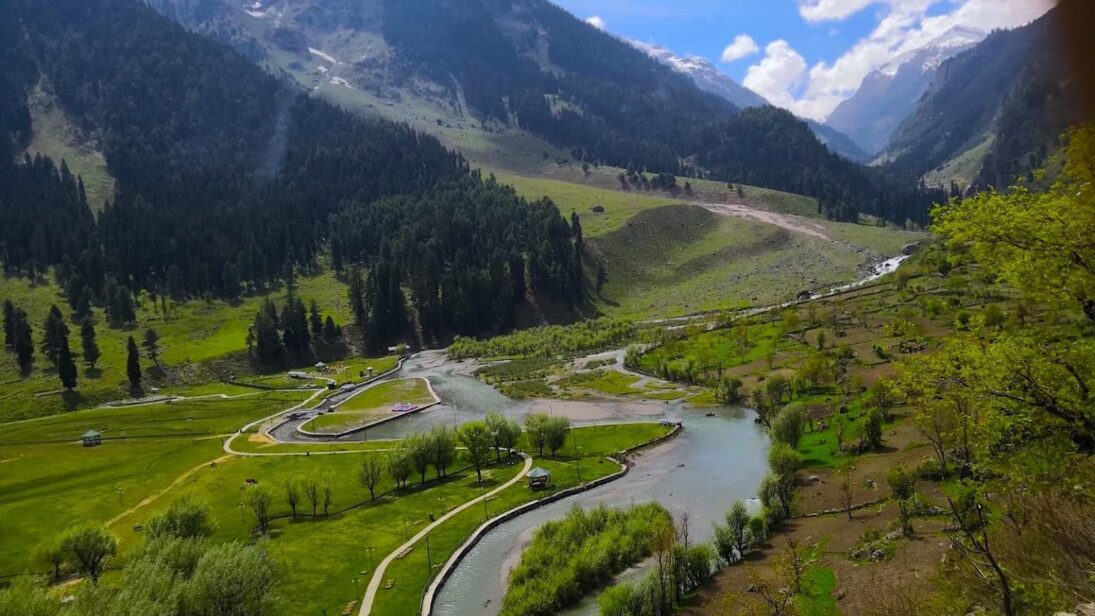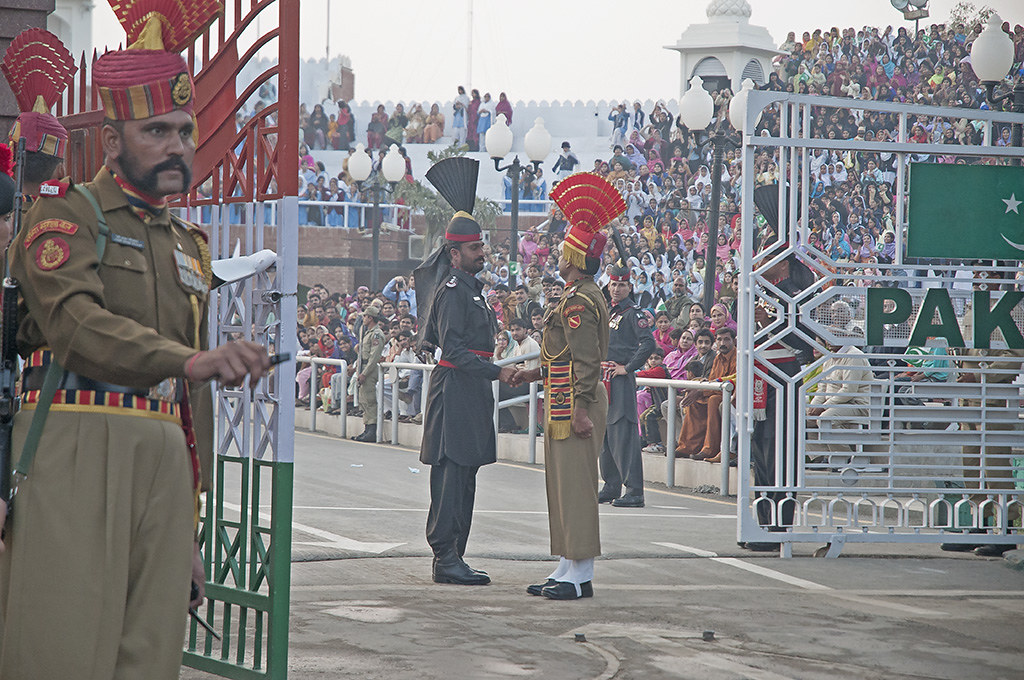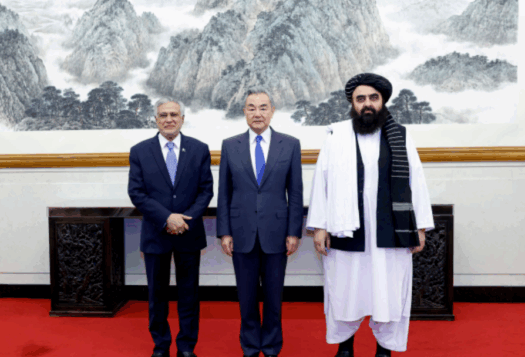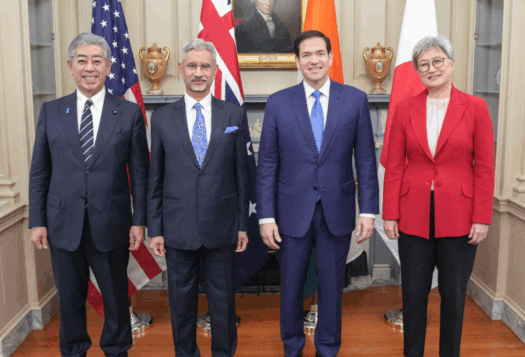
The arms race between India and Pakistan presents a critical challenge in South Asia. Their contentious rivalry fuels the existing security dilemma, propelling both nations into a continuous cycle of conventional and nuclear arms acquisition. China’s ascent in the region further complicates strategic calculations in South Asia, as regional states carefully balance between Beijing and Washington.
The divergence in views between India and Pakistan on South Asian stability is a complex issue that reflects deep-seated historical, cultural, and societal differences articulated by both scholars and policymakers. India claims to prioritize regional collaboration and political influence through economic cooperation, while Pakistan insists on resolving strategic disputes as a prerequisite to cooperation, emphasizing conflict resolution alongside trade and technology initiatives. Territorial disputes, most notably in Kashmir, remain a significant barrier to regional cooperation. Recent events, such as India’s unilateral revocation of Articles 370 and 35A to alter the constitutional status of Kashmir, have further strained bilateral relations, further hindering prospects for regional cooperation between India and Pakistan.
Fostering cooperation between India and Pakistan remains challenging, given their historical disputes, leadership mistrust, and nuclear arsenals, hindering collaboration on economic, environmental, and security fronts. This discord has also cast a shadow over the effectiveness of the South Asian Association for Regional Cooperation (SAARC), obstructing its objectives due to bilateral tensions among member states. Political instability, economic disparities, and security concerns further complicate regional cooperation efforts. Addressing these issues requires prioritizing diplomatic conflict resolution, economic integration, people-to-people interactions, subregional SAARC initiatives, and cooperation in non-traditional security areas like climate change and trade to foster informal contacts, strategic stability, and regional human security.
Improving Trade Relations
Of South Asia’s two billion people, there are a staggering 216 million individuals living in abject poverty, a meager poverty line measure of USD $3.65 per day. Regional cooperation in South Asia is vital to combat this poverty and improve economic prospects. However, achieving this would require proactive collaboration between India and Pakistan, with a focus on decoupling economic integration from political disputes by creating dedicated mechanisms for trade, investment, and business activities.
While SAFTA has reduced tariff barriers and promoted economic cooperation, its full potential remains untapped due to persistent non-tariff barriers and political tensions, particularly between India and Pakistan.
The success of initiatives like the South Asian Free Trade Agreement (SAFTA) relies on the cooperation of both countries in permitting the use of their territories for interstate and intrastate transit facilities in South Asia, as shared resources and market expansion enable member states to collaborate towards common development goals. While SAFTA has reduced tariff barriers and promoted economic cooperation, its full potential remains untapped due to persistent non-tariff barriers and political tensions, particularly between India and Pakistan. It’s essential to separate economic integration from political disputes to enhance regional cooperation by creating dedicated mechanisms for seamless trade, investment, and business activities.
Improving market relations within SAARC is crucial, as intra-regional trade accounts for only 5 percent of total trade, ranking it among the least integrated regions globally. Pakistan and India, being the largest states, should lead efforts to unlock markets and boost regional trade. This can be achieved through trade liberalization, including tariff reduction and non-tariff barrier removal, standard harmonization, infrastructure investment, trade facilitation measures, and promoting regional value chains. Such reforms have the potential to increase annual revenue from the current $23 billion to approximately $67 billion. Moreover, regular high-level dialogues involving various stakeholders are essential for trust-building and problem-solving. Engaging political leadership, public officials, business communities, media, and civil society fosters open discussions, joint projects, and people-to-people exchanges.

Collaborating on the Climate Crisis
Perhaps even more urgent is India and Pakistan finding ways to jointly manage and mitigate the effects of the climate crisis. Inadequate water infrastructure and the management of shared water resources present a pressing need for potential regional cooperation in South Asia. Aside from Sri Lanka and the Maldives, all South Asian nations share rivers originating in the Himalayas. Disputes between states over crucial water resources paired with mismanagement by government authorities have resulted in severe water scarcity. Alarming statistics from the Asian Development Bank reveal a 70 percent decline in water availability per capita in South Asia since 1950. Moreover, climate change-induced challenges, such as displacement and infrastructure damage, as seen in flash floods in Bangladesh and Pakistan, require regional cooperation for infrastructure development, resolving water disputes, and sharing hydrological data. The joint efforts of India and Pakistan are vital in addressing these issues.
The energy crisis in South Asia is a pressing issue due to a 50 percent surge in energy demand since 2000, driven by population growth and manufacturing. Countries like Bangladesh, India, Nepal, Bhutan, and Sri Lanka are experiencing a five percent annual increase in electricity demand, estimated to double by 2050. Addressing this requires a regional power market and cross-border transmission infrastructure for efficient electricity sharing. Encouraging private sector engagement is crucial for energy cooperation, promoting regional peace and investments. Beyond macroeconomic concerns, South Asia must invest to ensure clean energy access for impoverished communities. This involves a focus on renewables, particularly by leveraging India’s solar expertise. Expanding solar-powered solutions in countries like Afghanistan and Pakistan can address development needs, easing the energy crisis and paving the way for a sustainable energy future in the region.
Expanding Infrastructure and Cultural Connectivity
To foster economic progress and strengthen people-to-people ties, India and Pakistan can collaborate on developing transnational infrastructure in transportation, energy, and telecommunications. The Kartarpur Corridor, which facilitated the pilgrimage of Indian devotees to a Sikh shrine in Pakistan, serves as a successful precedent and highlights potential opportunities. Despite historical sensitivities, collaborative efforts to establish more such corridors and improve road and rail networks are crucial to enhance connectivity, promote economic interdependence, and strengthen interpersonal ties between people. The Kartarpur Corridor, as a commendable initiative, underscores the importance of addressing potential controversies, particularly concerning discussions surrounding Khalistan, when contemplating future initiatives between India and Pakistan.
Cultural exchanges also hold the power to build understanding and confidence between India and Pakistan. Leveraging their rich cultural heritage can promote reconciliation.
India and Pakistan have substantial collaboration potential in sectors like BPO, IT, entertainment, finance, and healthcare. Sustained FDI can drive infrastructure, technology, and critical job skills like research and project management. Promoting tourism, cross-border exchanges, visa reforms, and people-to-people interaction can foster long-term regional cooperation. As key stakeholders in South Asia, both nations can set a significant example in these efforts. Cultural exchanges also hold the power to build understanding and confidence between India and Pakistan. Leveraging their rich cultural heritage can promote reconciliation. Initiatives like joint cultural festivals, art exhibitions, music partnerships, and educational programs can deepen cultural understanding, fostering mutual respect and dispelling misconceptions that fuel hostility.
Finally, reforming visa procedures and expanding exchange initiatives are crucial for promoting people-to-people interactions between India and Pakistan. Cumbersome visa requirements have historically hindered interpersonal engagement, but by simplifying processes and reducing bureaucratic obstacles, both nations can encourage tourism, commercial ties, and cultural exchanges, fostering economic growth and harmonious relations. Additionally, educational and cultural exchange programs, including student exchanges, academic collaborations, and cultural immersion efforts, can strengthen bilateral relations, cultivate a future generation committed to peace and regional unity, and prepare future leaders to advocate for cooperation.
Reshaping the Narrative: A Joint Path to Progress
In conclusion, the potential for collaboration between India and Pakistan, as well as the promotion of stability in the South Asian area, has significant promise, contingent upon the joint endeavors of both countries. Individuals must acknowledge the prospective advantages of collaboration and undertake tangible measures to foster peace. The achievement of regional integration, economic progress, and enduring peace in South Asia represents feasible objectives, and India and Pakistan have the potential to serve as a noteworthy model for global cooperation by collaboratively pursuing these goals. By engaging in these initiatives, they can facilitate a paradigm shift towards enhanced collaboration and advancement within the region, yielding mutual benefits for their interests and the broader South Asian context.
Also Read: Strategic Autonomy: Comparing India and Pakistan.
***
Image 1: The Disputed Territory of Jammu and Kashmir via Wikimedia Commons.
Image 2: India and Pakistan at the Wagah Border via Flickr.


